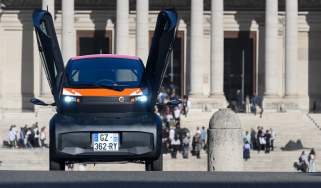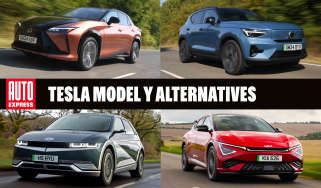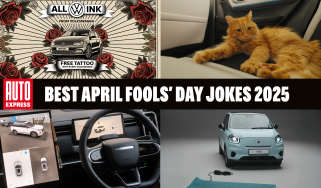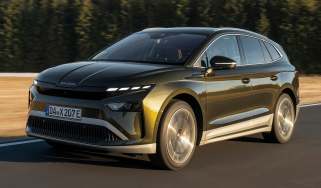Honda reveals 'second life' electric vehicle battery recycle plan
Partnership with SNAM allows old EV and hybrid batteries to be repurposed for grid or domestic energy storage
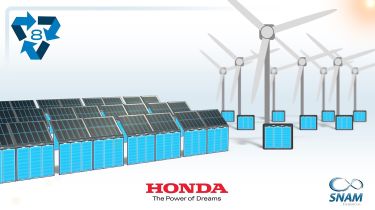
Honda has revealed a new initiative for recycling electric vehicle and batteries once they reach the end of their usable life in cars.
While the term ‘recycling’ suggests stripping the cells back to extract valuable elements like cobalt, nickel and copper, this is a process used only on batteries that have suffered irreparable damage. In most cases, the batteries are destined for a ‘second life, such as when they are used in home energy storage to make more efficient use of the electricity generated by organisations like the National Grid.
Honda’s initiative is in partnership with SNAM (Société Nouvelle d’Affinage des Métaux). It has worked with SNAM since 2013, researching potential uses for second-hand EV batteries.
SNAM will collect old lithium-ion and nickel-hydride batteries from Honda dealers across 22 countries, and find the appropriate next use for them from there.
Speaking about the announcement Honda’s European Senior Vice President, Tom Gardner, said: “As demand for Honda’s expanding range of hybrid and electric cars continues to grow so does the requirement to manage batteries in the most environmentally-friendly way possible. Recent market developments may allow us to make use of these batteries in a second life application for powering businesses or by using recent improved recycling techniques to recover useful raw materials which can be used as feedstock into the production of new batteries.”
Second hand batteries complement renewable energy sources like wind and solar. While fossil-fueled power is generally constant, wind and solar energy is subject to higher peaks (where too much electricity is generated) and lower troughs (where there’s not enough) depending on weather conditions. On an exceptionally breezy day, wind energy might generate more electricity than the grid demands; second life batteries would allow this energy to be stored, and then deployed, when weather conditions become calmer and windmills produce less electricity.
SNAM says that the batteries can be repurposed for both industrial and domestic use - so homeowners with second life batteries installed could potentially charge them overnight when electricity is cheaper, and use this energy during the day.
Honda isn’t the only car brand to see the benefit in developing a second life for automotive batteries. Volkswagen has previously proposed measures for a mobile car charging station, using a 360kWh bank of old batteries to charge EVs in carparks without a sufficient electricity supply of their own.
Find a car with the experts



